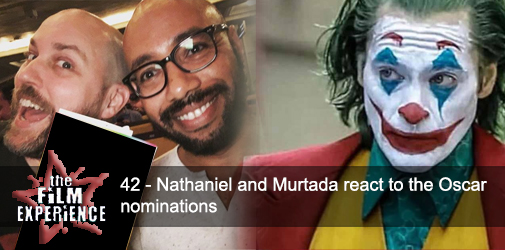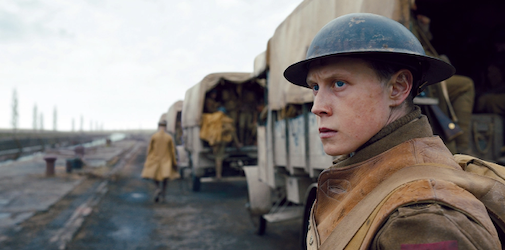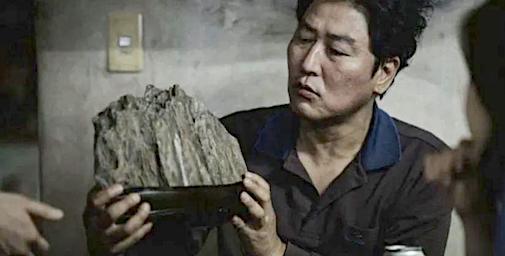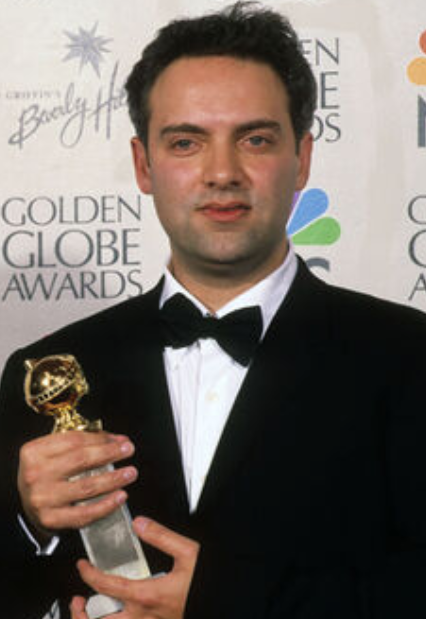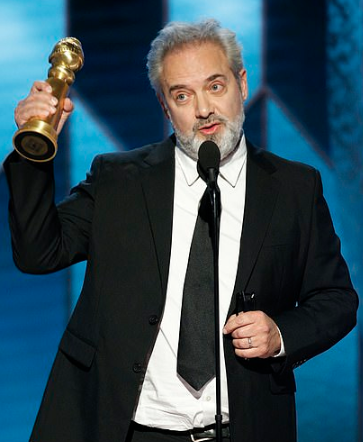by Cláudio Alves

Long takes are a constant subject of fascination for filmmakers and film lovers alike. The technical challenge inherent to them makes many directors salivate at the prospect of showing off their craft. At least, that's what, as an audience member, it sometimes feels like. Though, to characterize the long take as a mere tool of formalistic showmanship would be wrong. Depending on the case, this mechanism can be transformative, capable of bending the audience's perception of time, their attachment to what they're watching and sentimental engagement.
In 1917, Sam Mendes uses the long take as a key to sensorial immersion and ever-tightening tension. Each cut is a blink, a breath, a repositioning of the eye and recalibration of the senses. It's something that's a convention and brings comfort to the viewer. When you take it away, one feels as if the action never stops, like there's no time to breathe or to disengage with the narrative. A long take is a held breath and it can be a gloriously suffocating thing to experience…
Click to read more ...
 Thursday, January 16, 2020 at 1:16PM
Thursday, January 16, 2020 at 1:16PM 